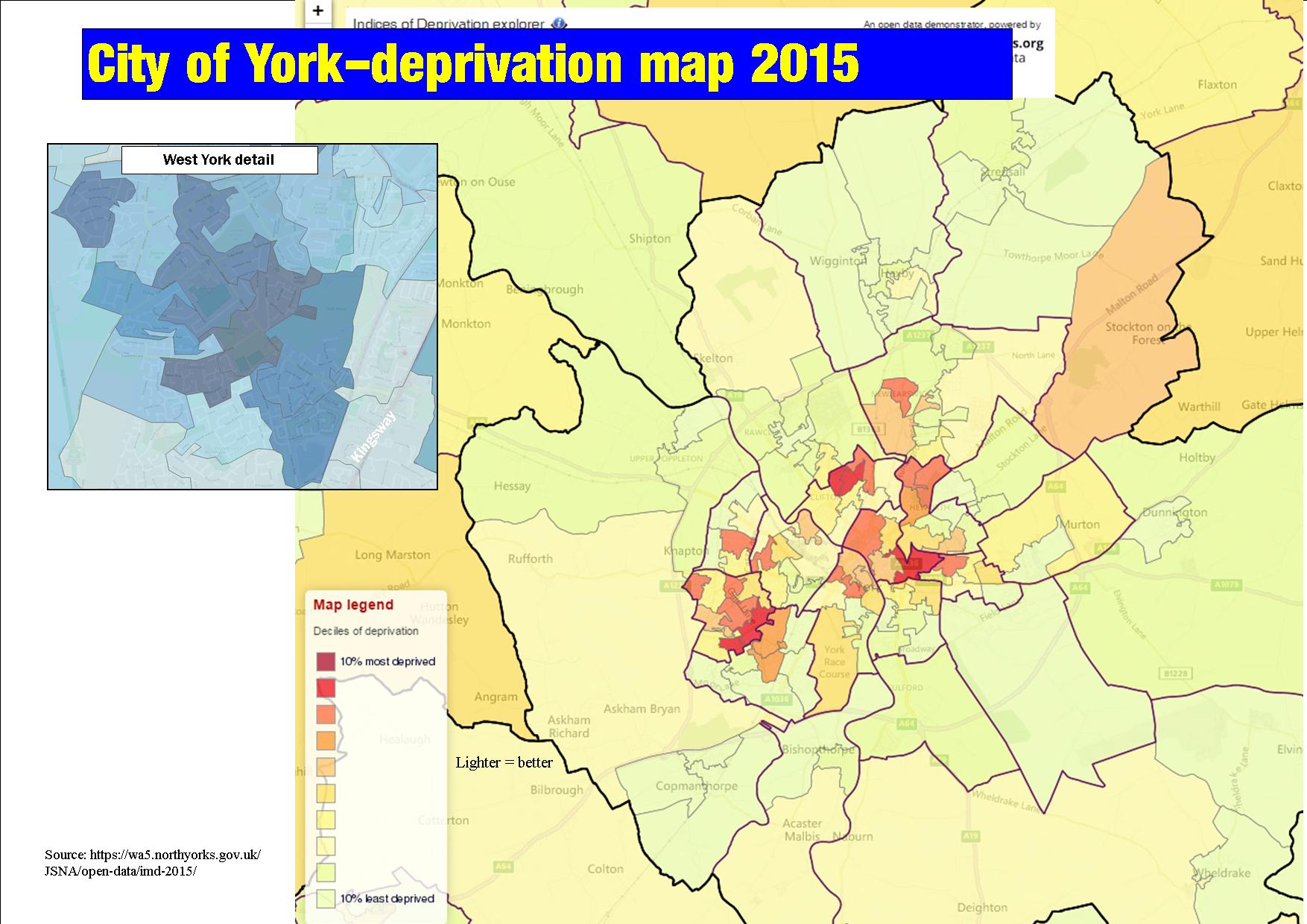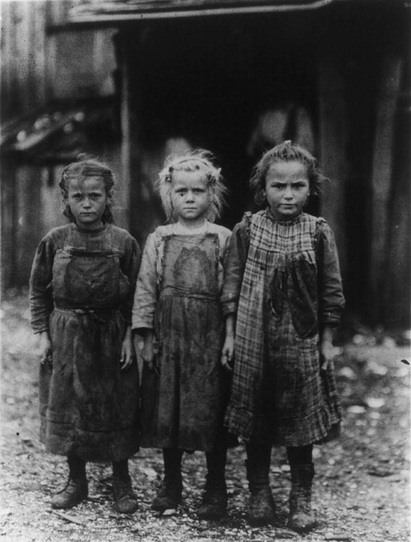With hardly a day going by without another retailer or café announcing the closure of premises in York City centre, the council will review its regeneration plans next week.
Last year £300,000 was allocated to promote what was styled as an “Inclusive Growth Initiatives Fund”. It was aimed at making sure that everyone could benefit from a strong local economy.
An update report published yesterday says that the York economy is performing strongly. There are now more people in work than ever before, and average wages are higher than the rest of the region. 14,000 work in high skilled jobs.
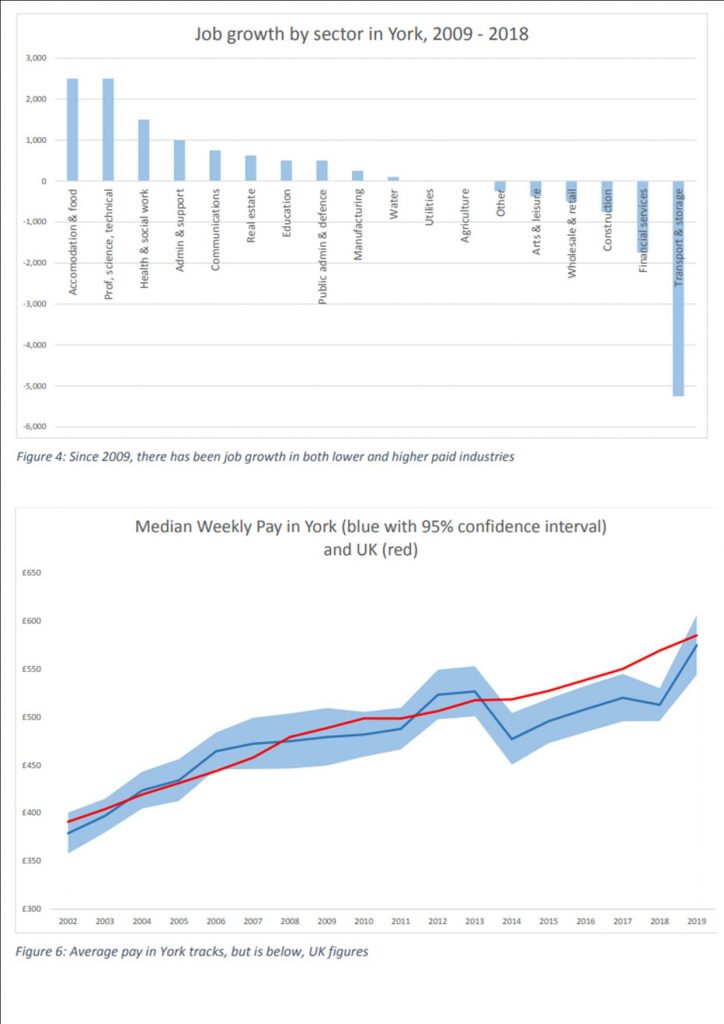
Details can be found by clicking here
Eight initiatives were identified for investment and financial allocations are now being proposed
- Establishing a York Poverty Commission: (similar to one operating in Leeds). £20k
- Community hubs as drivers of economic growth (There are a hubs operating in Foxwood and Chapelfields): £40k
- Greening our retail estate: £70k
- Community jobs fairs: £30k
- 14+ vocational training and work: £50k
- Independent retail growth fund (using the success of the Bishy Road Traders campaign as a model): £40k
- Mental health, wellbeing and employment: £25k
- York Economic Strategy consultation: £25k
The Council report concludes, “Inclusive growth cannot have neighbourhoods that are left behind, opportunities that are only selectively available, or a two-tier economy where some people are doing well at the expense of others who are not”.
That may be good news for the poorer parts of York who feel that the quality of public services available locally has deteriorated in recent years.
This is not least a result of the York Council being stubbornly insensitive to the effect that closing leisure and sports facilities is having on vulnerable communities.

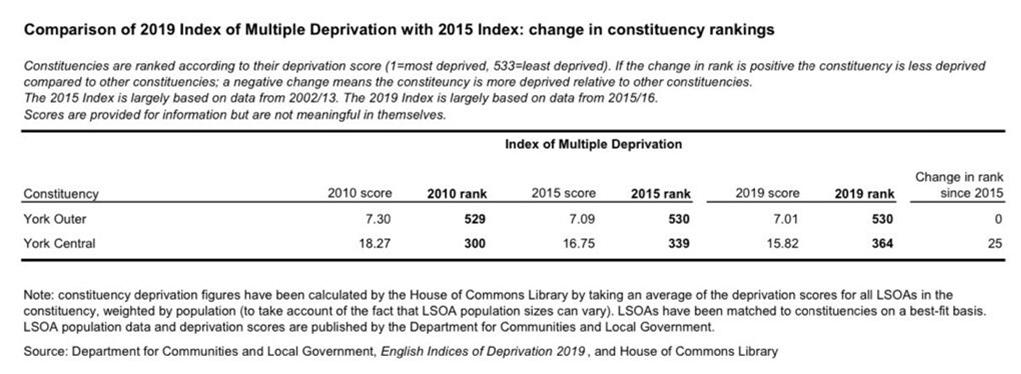
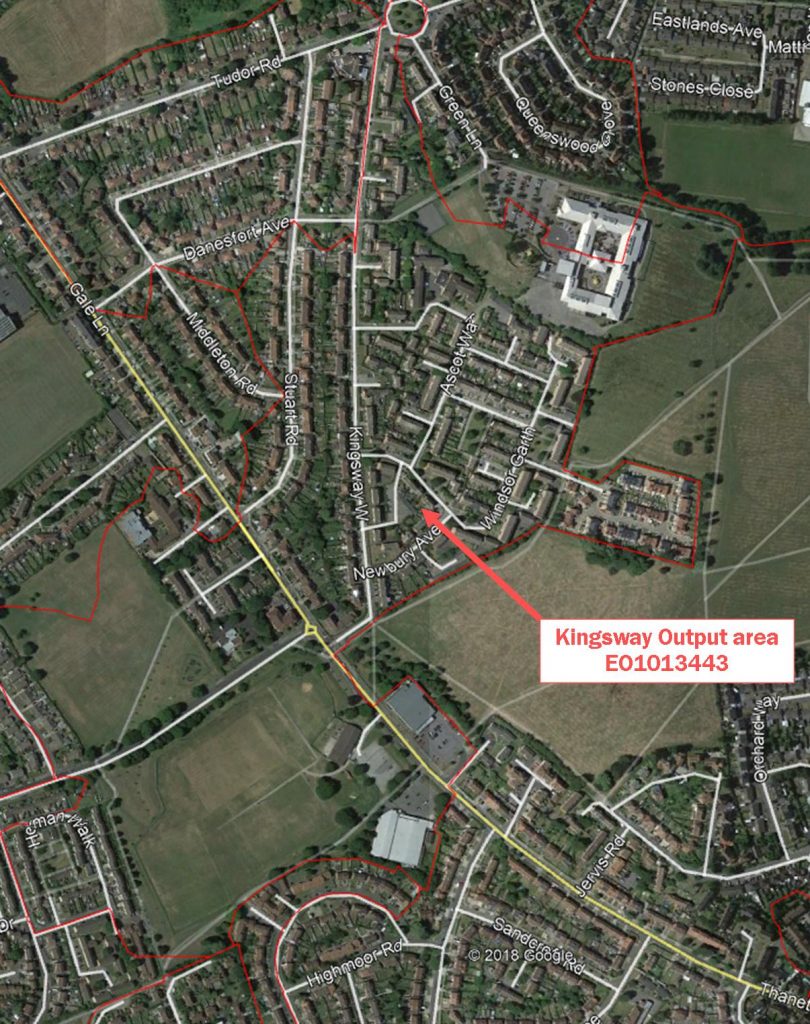
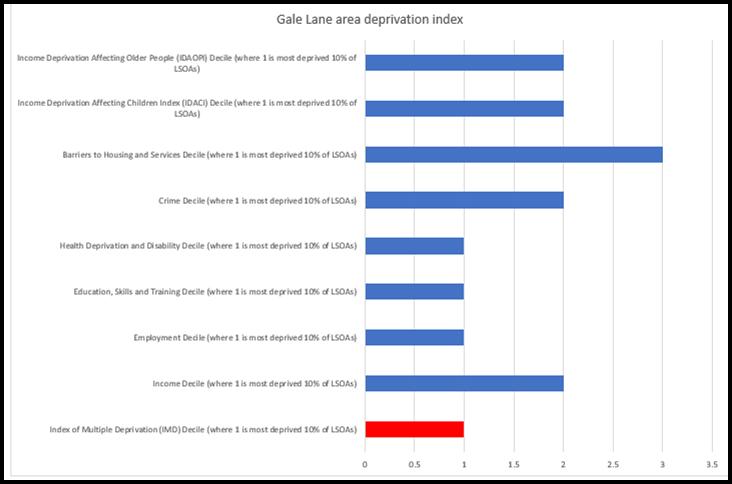
 The York Council has updated the “Ward Profile” pages on its open data web site. Residents can view a range of statistics about the area in which they live. Click here
The York Council has updated the “Ward Profile” pages on its open data web site. Residents can view a range of statistics about the area in which they live. Click here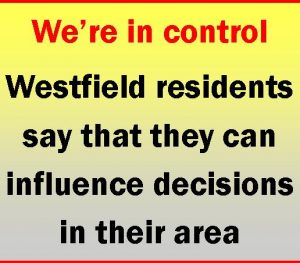

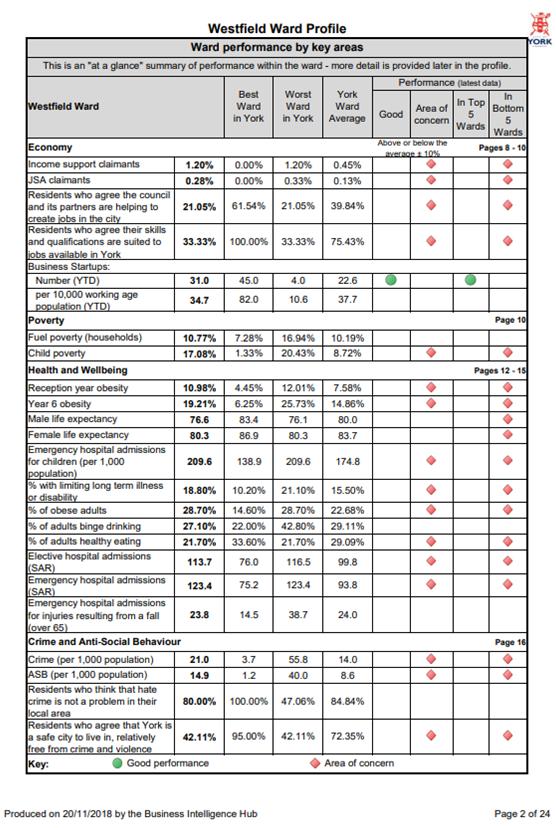
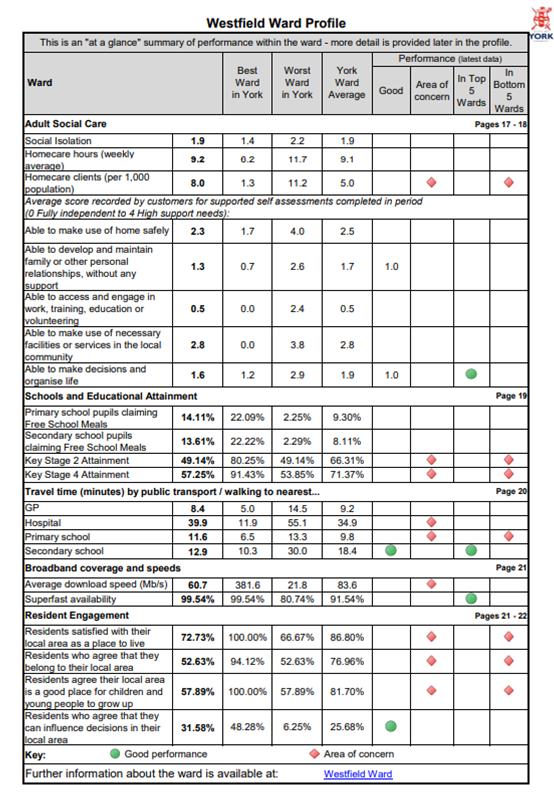
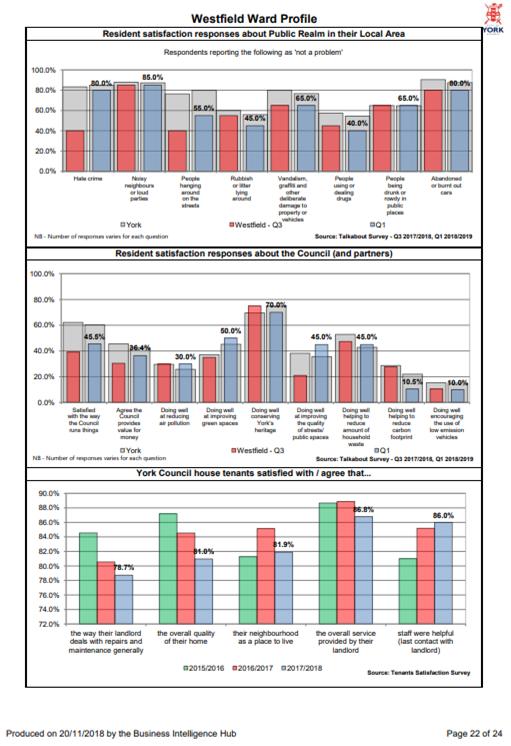
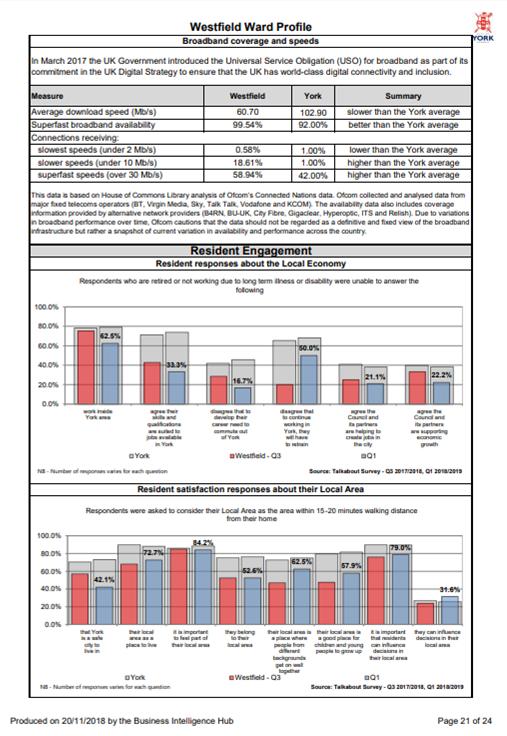
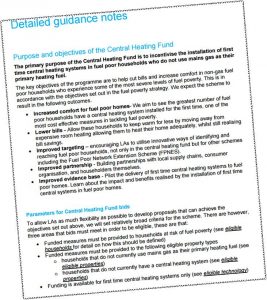
 8,000 families in York will lose out under Conservative plans to cut tax credits.
8,000 families in York will lose out under Conservative plans to cut tax credits.